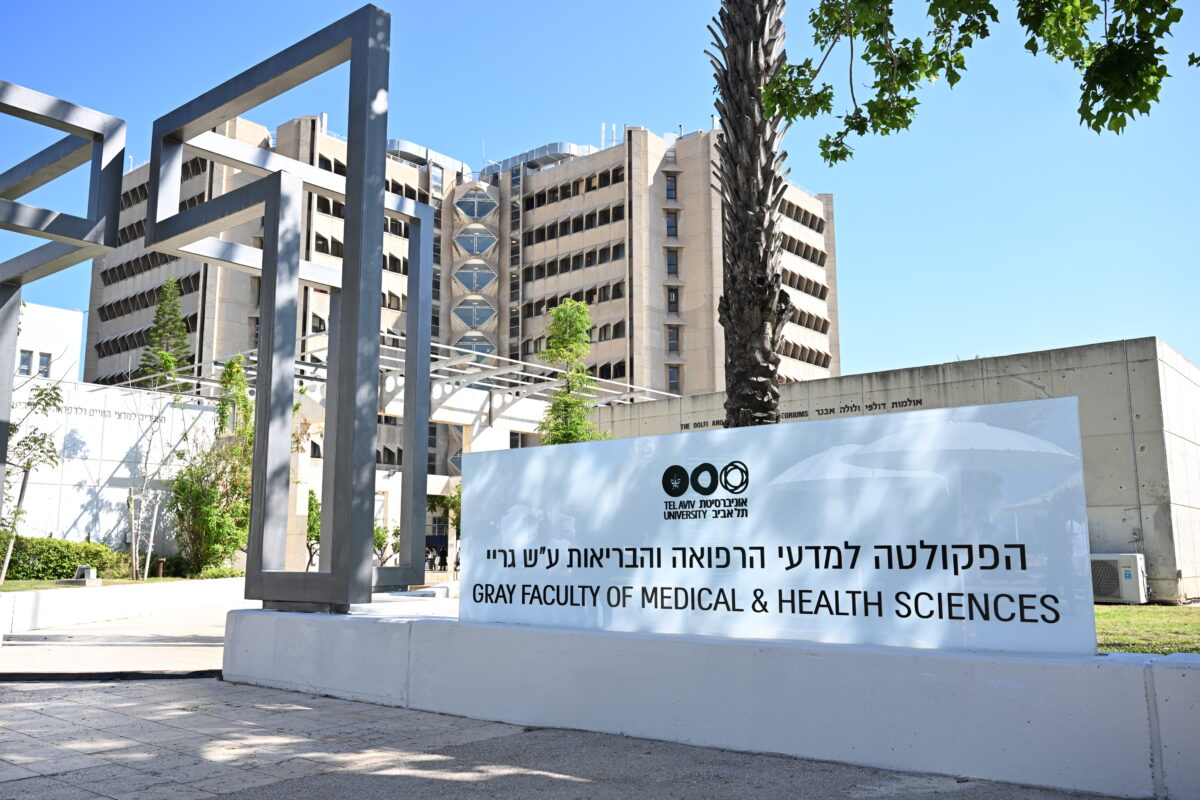An era of academic mega gifts continued this week with one of the largest donations ever made to a public university — $500 million in unrestricted funding from the Simons Foundation and Simons Foundation International to Stony Brook University in Long Island, a flagship campus of the State University of New York system. The gift will be substantially juiced by matching funds from the state of New York — more on that below — and it all could help boost the school’s endowment by as much as $1 billion.
The Simons gift is a game-changing event for the public university. Because the funds are unrestricted, the school can use the money to assist with everything from financial aid to salaries for faculty and nonacademic staff, according to Stony Brook President Maurie D. McInnis. The investments and income stemming from the gift will support perpetual funding for student scholarships, endowed professorships, innovative research and clinical care, according to the university.
These are all crucial in an era of uncertainty for higher education, with students struggling to afford increasingly expensive university educations — and asking whether such an education is even worth the money — while universities face pressure to increase salaries and fulfill their missions to educate and train rising generations of Americans.
The gift to Stony Brook didn’t come out of the blue. Jim and Marilyn Simons, who founded the science funding powerhouse Simons Foundation, have a special relationship with the university dating back a half-century: Jim was chairman of the math department from 1968 to 1978, and Marilyn got both a BA and a Ph.D. there. It’s also where the couple met. As a former faculty member and an alum, the couple have long supported Stony Brook. But when Jim built a multibillion-dollar fortune after founding Renaissance Technologies in 1982 — he’s considered the world’s most successful hedge fund manager — the Simonses became the school’s most important private benefactors, particularly for science research and STEM education. Those are topics that the Simons Foundation and its Flatiron Institute research centers specialize in.
Simons Foundation International (SFI), the cofunder of the Stony Brook gift, is also an independent philanthropy established by the Simons family. Like the Simons Foundation, SFI funds science and mathematics research around the world. The two organizations usually employ different but complementary approaches to philanthropic giving: SFI tends to provide general operating support to institutions, while the Simons Foundation supports individual projects and researchers, and is actively engaged with those grants. Occasionally, the two organizations pair up, as they did for the Stony Brook gift.
The new $500 million gift closely follows the Simons Foundation’s commitment of $100 million to Stony Brook to serve as the anchor institution of the New York Climate Exchange, a hub for climate research, education and green-economy training to be built on New York’s Governors Island. All told, Jim and Marilyn Simons and their foundation have committed $1.2 billion to Stony Brook over the years, playing a key role in helping build the school into one of the state’s premier research institutions.
An innovative public endowment-matching program
Perhaps as interesting as the huge gift itself is a new public funding mechanism implemented by the New York state government to encourage higher ed philanthropy. It’s a program other state governments should examine. New York has provided $500 million in matching funds for contributions made to the endowments of the SUNY school system’s four university centers: Buffalo, Stony Brook, Albany and Binghamton. The fund will provide $1 in state funds for every $2 contributed to the university endowments, for up to $500 million in state funds.
The Simons gift was deliberately structured to trigger an additional $200 million from the donation-matching program. Along with other philanthropy, the gift will essentially double Stony Brook’s endowment, which stood at roughly $470 million as of 2022. The gift will be meted out over seven years, with $200 million to start, matched by $100 million from the state budget. Stony Brook aims during the seven years to aggressively raise an additional $200 million in philanthropic funding to take the greatest possible advantage of the public donor-matching funds to reach a possible $1 billion in contributions.
New York’s matching program looks like a great way for states to boost and stabilize college endowments while drawing more donations from private givers. In turn, the donors enjoy the usual tax benefits, the chance to help out their state and fellow citizens, and possibly a bit — or more than a bit — of positive name recognition.
Tough to criticize
That’s not to say we shouldn’t cast a discerning eye on all of this. Often, university mega gifts raise concerns about inequity and undue donor influence, particularly ones like investor Kenneth Griffin’s recent $300 million gift to Harvard, or a $120 million gift to the University of Virginia from the foundation of alum Jaffray Woodriff. In the case of the Simons gift and New York’s matching program, we could wonder whether it’ll incentivize the state and the school system to defer even more to the influence of big donors, which isn’t how public institutions should ideally operate.
But it’s tough to cast much shade on the Simons’ Stony Brook gift. As mentioned, the school’s current endowment is a modest $470 million. For comparison, Harvard University’s endowment comes in just a tad higher at more than $50 billion, making it wealthier than many nations. I’m not saying Harvard can’t and doesn’t make good use of philanthropic gifts, but there are thousands of institutions across the country serving millions of Americans that could really use the cash.
Higher education is in a real state of emergency: Many universities pay nonfaculty staff barely livable wages. Some 36,000 University of California employees, both academic and nonacademic, went on a 40-day strike just last year to win desperately needed pay raises and other benefits. The Simons’ commitment to Stony Brook is eye-popping by any measure, but it’s a lot easier to get behind than yet another nine-figure gift to a private school with billions, or tens of billions, in the bank.
A sign of things to come?
Despite all their philanthropy over the years, Jim and Marilyn Simons — who have signed the Giving Pledge — are still staggeringly wealthy, currently worth an estimated $28 billion. But at 85, Jim may be looking to move more of that wealth out the door to the philanthropic causes he prioritizes. That may mean the next few years will see more gifts from the couple, perhaps on this massive scale, and perhaps (likely, I think) involving even larger sums.
As of right now, the Simons fortune remains essentially bottomless — though retired, Jim Simons still owns about a quarter of Renaissance Technologies. And then there’s the billions held by the Simons Foundation and Simons Foundation International, the latter of which is an interesting case in just how much quiet wealth is out there in the billionaire-verse. SFI got its start circa 2011 when a massive repository of offshore money held by Simons, the Lord Jim Trust, was divided among the couple and their children to be used for their philanthropy. The assets held by SFI have been reported at as high as $8 billion. The Simons Foundation, for reference, held about $5 billion at the end of 2021.
Actually giving all those billions away, if that’s the plan, will be a significant undertaking. Marilyn Simons, however, is only in her early 70s, and will almost certainly continue the couple’s big-dollar philanthropy for Stony Brook, science and other causes.
Going forward, millions will likely continue to go to Stony Brook — but the Simonses can’t be unaware of how important such unrestricted gifts could be to other schools in the SUNY system and elsewhere in the country.
Credit:Source link



